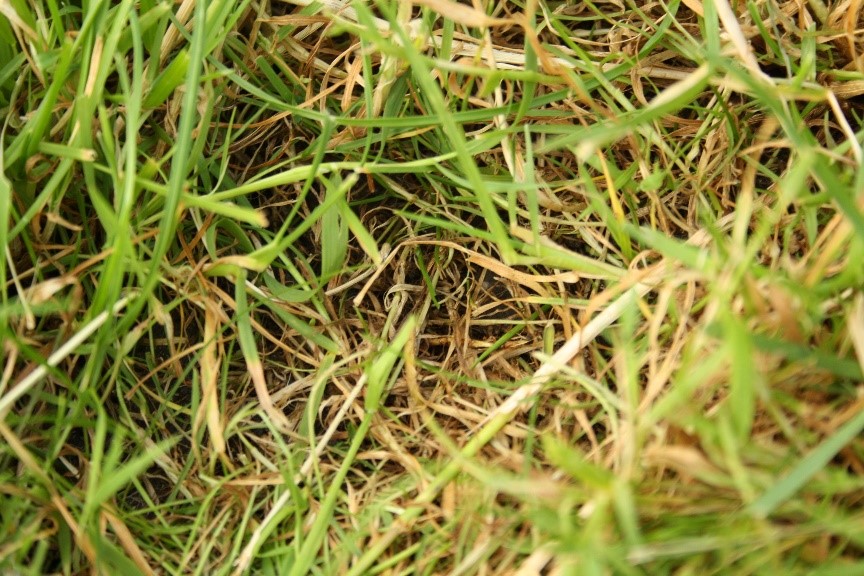Pasture MOT
Friday, 13 August 2021
With the average pasture yields in the UK sitting at 8 t DM/ha, there is room for improvement, with the potential to grow over 10 t DM/ha on any system.
It is also key to produce high-quality pastures. The quality is influenced by the species of grass, previous management and whether or not clover is present. The target is for 70% of the sward to contain sown species. To assess what species you currently have in the sward, pull up a handful of grass plants in several locations.
Productive grass species to look out for:
- Perennial rye-grass* – productivity: 5/5; feed value: 5/5
- Italian ry-egrass* – productivity: 5/5; feed value: 2/5
- Timothy – productivity: 3/5; feed value: 3/5
- Cocksfoot – productivity: 4/5; feed value: 3/5
*Spikelets are awnless on perennial rye-grass and awned on Italian rye-grass
Look out for clover in the sward too; consider introducing white clover if content is below 30%.
The presence of a large number of inferior grass species will compromise nutritional quality, as will large amounts of dead or dying leaves. Grass weeds to look out for include Yorkshire fog, annual meadow grass, couch grass, creeping bent and brome.
Now is the time to give your pasture an MOT using this checklist:
- What proportion of live leaf is there in the sward?
- What grass species are in the ley?
- Is there any clover in the sward?
- Is the population of weed grass much higher than you thought?
- Have your fields been badly poached in recent years?
- Are your leys struggling to support the numbers of livestock they did in the past?
- Is there a reduction in the amount of silage being taken off the field every season?
- Is the speed of regrowth after silage cuts slower than it was?
If the answer is yes to any of these questions:
- Check when you last soil tested and revisit soil fertility.
- Consider your grazing strategy.
- Consider pasture improvement.
For more information, see Improving pasture for Better Returns. Check out the new RGCL if you’re planning on introducing new seeds to your pastures this year.

Topics:
Sectors:
Tags:

